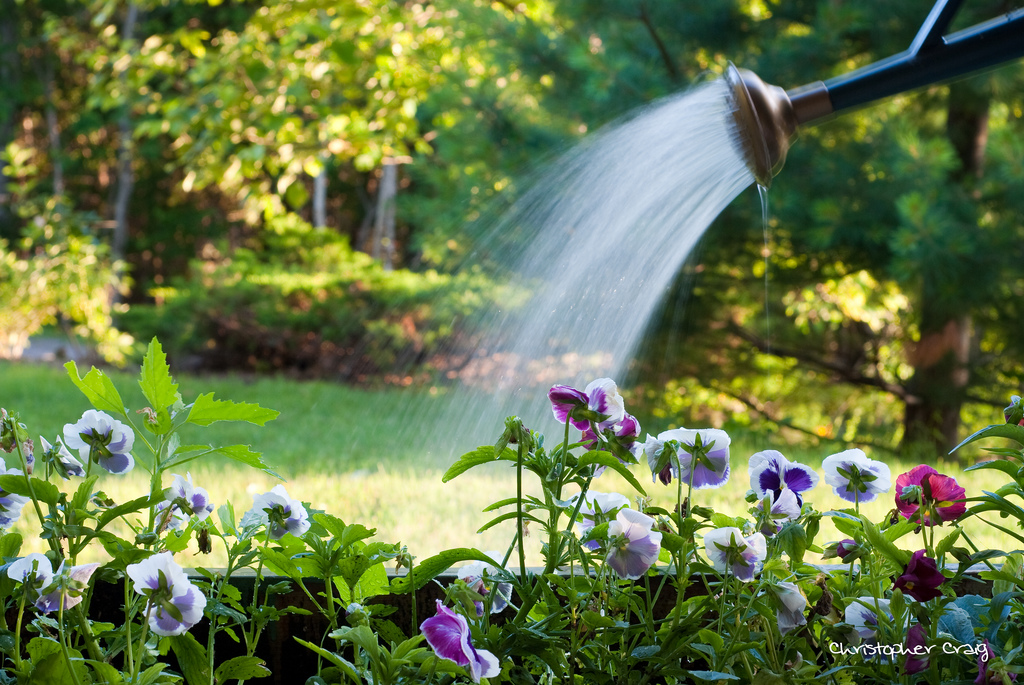Care of Your Flower Garden
Once you understand how you can look after your flower garden, it can have a significant improvement in the appearance and overall health of any garden plants. Here are a few straight forward suggestions to help with making your garden flower with vigour.
1. The fundamentals should continuously be given first attention.
An individual’s flower garden will need to have an appropriate amount of water, fertile soil and sunlight. Any kind of general shortage associated with any of these fundamental essentials will certainly drastically influence the health of your plants. You should remember to water your garden with greater regularity throughout any dry spells.
Whenever planting bulbs, be sure that they are going to the proper depth. When you are planting perennials and shrubs, see to it that you do not pile soil or compost up surrounding the stem. When you do, water has a tendency to drain off rather than sinking in, and then the root could easily contract rot by overheating.
2. Match and mix perennials along with annuals.
Perennial flower bulbs do not need to be replanted simply because they will grow and bloom for a couple of years whereas annuals grow and flower for just a single season. Combining a small number of perennials alongside annuals guarantees you are going to have blooms coming on continuously.
3. Stimulate a whole lot more blossoms through deadheading.
Essentially cutting off the flower head immediately after it has wilted is called deadheading. This is going to allow the plant to deliver further flowers. Only make certain that you do not dispose of the deadhead on your garden or fungus, and various other plant disorders have a tendency to attack your plants.
4. Be familiar with the good and the bad bugs.
A large number of garden insects can do a whole lot more good than harm. Butterflies, bees and beetles are undoubtedly well-known pollinators. They will fertilise plant life using accidental transport of plant pollen from one plant to another. Eighty percent of blossoming plants depend on insects for survival.
Dung beetles and Sowbugs in conjunction with fungus, bacterias and various other microorganisms are essential for helping within the decomposition of dead plant materials, subsequently improving the soil and generating additional nutritional elements readily available to developing plants.
Other sorts of bugs such as lacewings and dragonflies tend to be natural predators of those pesky insects which do the actual harm, like aphids.
A good periodic treatment with liquid fertiliser whenever plants happen to be blossoming helps to keep them flowering for much longer.
Make sure you cut back any sort of dead or damaged branches. Fuchsias are usually in particular susceptible to snapping whenever you brush against them. The damaged stalk could possibly be potted up to provide you with a brand new plant, so it’s not going to be wasted.


Thanks, great article.
I just couldn’t depart your site before suggesting that I actually enjoyed the usual information an individual provide to your visitors? Is gonna be back frequently to check up on new posts
I love your blog it inspires me to create
Thanks Betsy